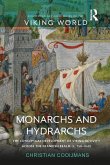
Broschiertes Buch
The Conceptual Development of Viking Activity across the Frankish Realm (c. 750-940)
30. September 2021
Routledge / Taylor & Francis
| eBook, ePUB | 44,95 € | |
| eBook, PDF | 44,95 € |
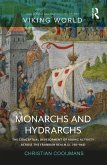
Ähnliche Artikel
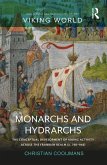
Gebundenes Buch
The Conceptual Development of Viking Activity across the Frankish Realm (c. 750-940)
26. März 2020
Taylor & Francis Ltd
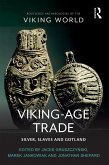
Broschiertes Buch
Silver, Slaves and Gotland
29. April 2022
Routledge / Taylor & Francis
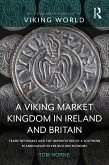
Broschiertes Buch
Trade Networks and the Importation of a Southern Scandinavian Silver Bullion Economy
9. Oktober 2023
Taylor & Francis Ltd
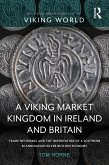
Gebundenes Buch
Trade Networks and the Importation of a Southern Scandinavian Silver Bullion Economy
31. Dezember 2021
Taylor & Francis Ltd
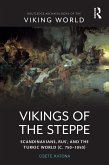
Broschiertes Buch
Scandinavians, Rus', and the Turkic World (c. 750-1050)
27. Mai 2024
Taylor & Francis Ltd
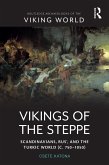
Gebundenes Buch
Scandinavians, Rus?, and the Turkic World (c. 750?1050)
30. September 2022
Taylor & Francis Ltd

Gebundenes Buch
Pastoral Care and Salvation in the Carolingian Period
1. April 2022
Routledge / Taylor & Francis
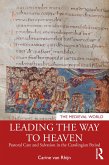
Broschiertes Buch
Pastoral Care and Salvation in the Carolingian Period
1. April 2022
Routledge / Taylor & Francis
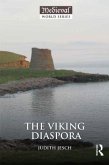
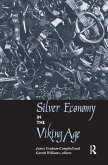
Ähnlichkeitssuche: Fact®Finder von OMIKRON
